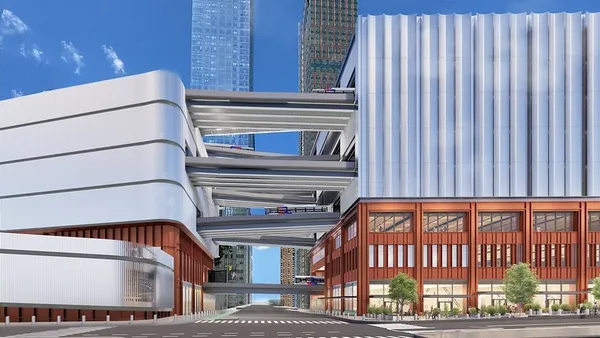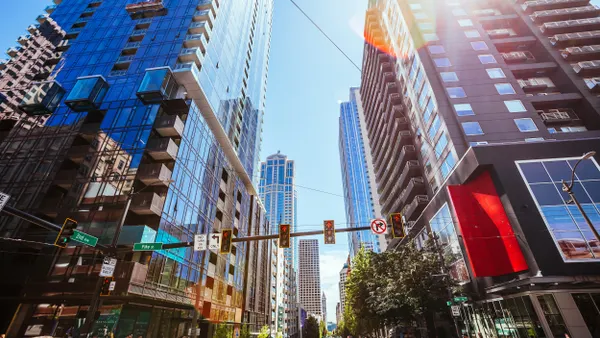Editor's Note: The following is a guest post from Carlo Scissura, president and CEO of the New York Building Congress.
Not since World War II has our country been confronted with a challenge as immense as it faces right now. Thousands of Americans are grieving for loved ones, and the COVID-19 pandemic has paralyzed the United States' economy, costing millions their jobs and livelihoods and resulting in the loss of billions of dollars — with potentially billions more to follow.
After we flatten the curve, what comes next for our nation? With unemployment reaching levels unseen since the Great Depression, how will we get people back to work and stimulate economic recovery?
The answer, as it often does, lies in history. Significant federal investments in infrastructure during times of emergency have proven to have a transformative effect on our country. Infrastructure across the United States is increasingly strained and in need of repair, and we can get people working again with a response that matches the gravity of the situation: a comprehensive, nationwide plan on the scale of, or greater than, the New Deal.
As leaders in government consider additional phases of the COVID-19 response stimulus, they have an opportunity to mobilize all our resources in a renewed effort to get this country up and running again, and that begins with an unprecedented investment in building our infrastructure. Doing so will jumpstart our economy, create hundreds of thousands of jobs, counter the millions lost in wages, add billions in economic growth across the United States and support the businesses that are the backbone of this country.
A stimulus package should also empower states to broaden and strengthen existing tools to successfully deliver infrastructure improvements and draw in opportunities for private investment.
We can learn lessons from New York — a place that is no stranger to tragedy, but has successfully built itself back up out of the ashes stronger than before. Following 9/11, New York was shaken to its core. But with a combination of intelligent and calculated federal and local investments, along with the grit of hardworking New Yorkers, we were able to rebuild and see the revitalization of downtown Manhattan into the thriving hub it is today.
After Superstorm Sandy, Congress passed a relief bill and New York State deployed billions of dollars in recovery aid to New York City to help rebuild critical infrastructure.
The infrastructure investments following destabilizing tragedies in New York should be implemented across the United States following COVID-19. The federal government can create a more resilient country by building the roads, bridges, tunnels and public transit systems of tomorrow and creating countless jobs in the process.
We can reinvigorate our rail infrastructure by investing in a high-speed rail to connect cities and local economies across America; combat the effects of climate change by building green infrastructure; build out our telecommunications infrastructure for the 21st century and provide high-speed internet to rural communities; and revitalize the millions of miles of roadways linking the United States. We must build our nation back to being a global leader on infrastructure.
We can overcome this virus and become stronger than ever before. One of Congress' next phases of the stimulus must call for a significant infusion of federal investment in infrastructure, allowing the country to build projects that will get our neighbors back to work, support our communities and help grow our economy.
The time to prepare for America's post-coronavirus future is now, and infrastructure investment must be at the heart of the plan.









